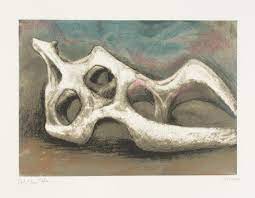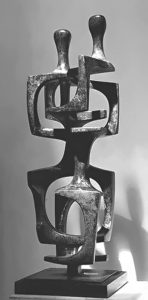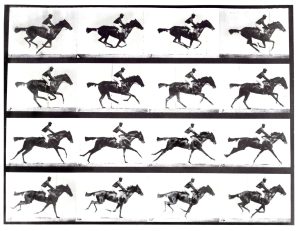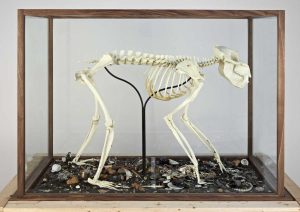Vaishnavi Srivastava
19th April, ON THIS DAY
“If I had life to live over again, I would give my life to poetry, to music, to literature, and to art to make life richer and happier. In my youth I steeled myself against them and thought them so much waste”
– Charles Darwin
Today, we’ll explore how Charles Darwin, the founder of evolutionary biology, affected the field of visual arts. Darwin’s groundbreaking theories on natural selection and the interdependence of all life have had an impact in a variety of domains. But he also made his mark in other fields besides science. His theories had a significant influence on visual art as well, encouraging creators to discover unique and fascinating approaches to studying the complexity and wonders of nature.

Courtesy: Tate
Darwin’s reaction to the complexity and beauty of nature motivated artists to explore and represent it in novel ways. His observations of animals in the environment allowed him to gain a deeper knowledge of their survival adaptations, such as sexual display and camouflage for protection. This in turn motivated artists to accurately and in great detail depict animals and plants in their natural habitats.
Some of the most remarkable instances of how Darwin’s theories influenced art are on display in the Yale Centre for British Art exhibition “Darwin’s Menagerie: Portraits of Evolution”. The exhibition includes works made by artists who travelled on scientific expeditions, like John Gould and Edward Lear, who produced exquisite lithographs and watercolours depicting the creatures and plants they came across.

Courtesy: Venice Clay Artists
However, Darwin’s impact on visual art extends beyond representations of animals and plants. Artists have also been influenced by his thoughts about the interdependence of all living things to examine the relationship between people and nature. Many artists started using natural shapes in their creations, like Barbara Hepworth and Henry Moore, who made sculptures based on natural shapes like the contours of bones and rocks.
Darwin’s impact on visual art extended beyond more conventional mediums like painting and sculpture. His concepts had a significant influence on the growth of photography as well. For instance, the invention of cinema was made possible by Eadweard Muybridge, a pioneer in the field of photography, who used his cameras to record the movements of animals. Muybridge’s images played a crucial role in the development of a new visual language for expressing the natural world as well as in aiding scientists and artists in understanding the subtleties of movement.

Courtesy: ThoughtCo
Darwin’s theories had a lasting influence on visual art, which is still visible in modern art. Darwin’s groundbreaking theories on evolution and the interconnection of all living things continue to be an inspiration for many artists. In order to create immersive and thought-provoking experiences, artist Mark Dion, for instance, frequently incorporates natural history specimens and items into his installations that investigate the link between humans and the natural world.

Courtesy: Flash Art
Ultimately, Darwin’s theories had a significant influence on the field of visual art, encouraging artists to experiment with innovative themes and question established canons. His influence on the visual arts is proof of the strength of ideas and the interdependence of all living things, and his legacy continues to inspire modern artists today.
Let’s consider the significant influence Darwin’s theories have had on the field of visual arts and the manner in which they continue to influence how we perceive the natural world as we honour Darwin on the anniversary of his passing.





